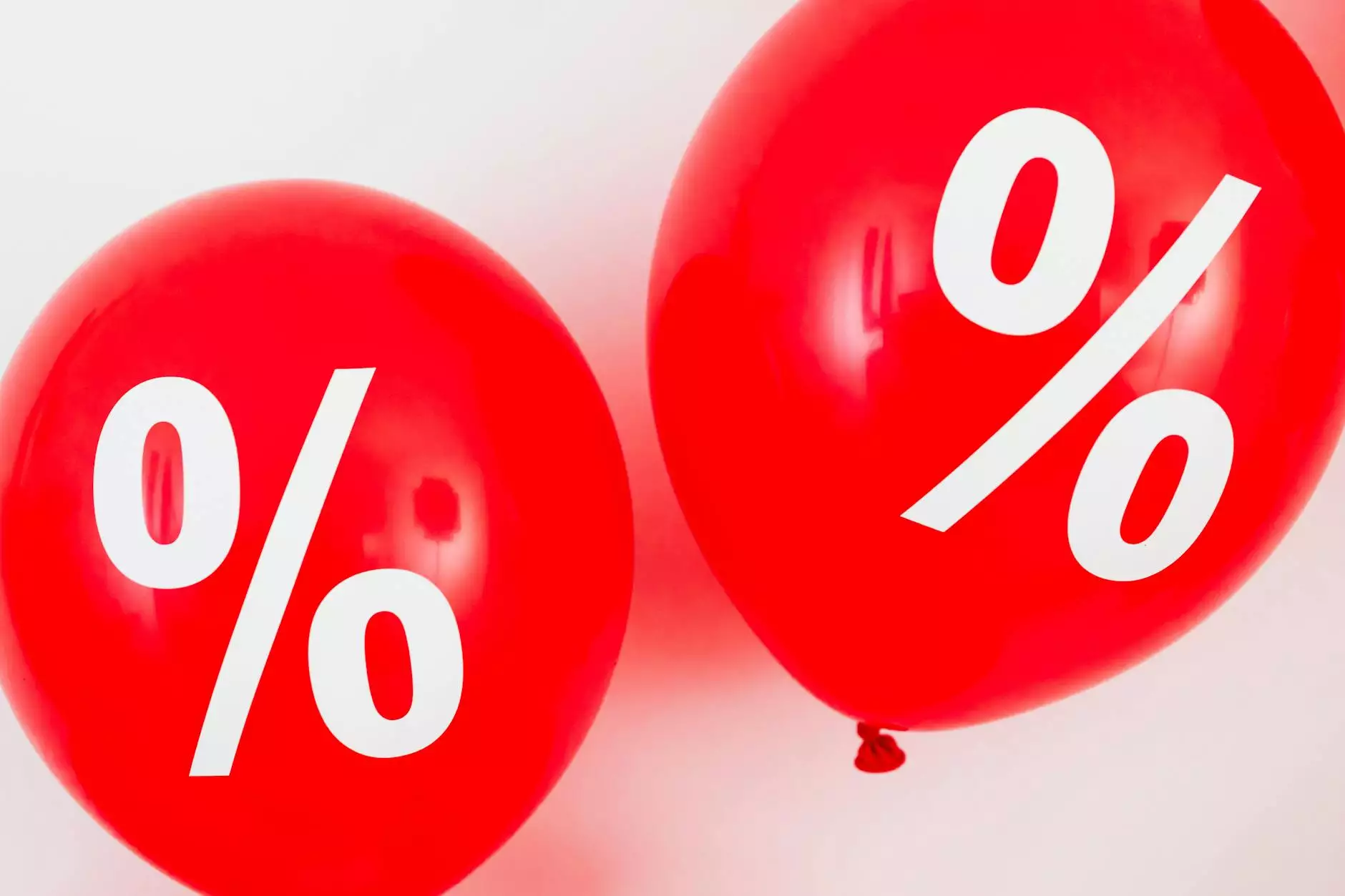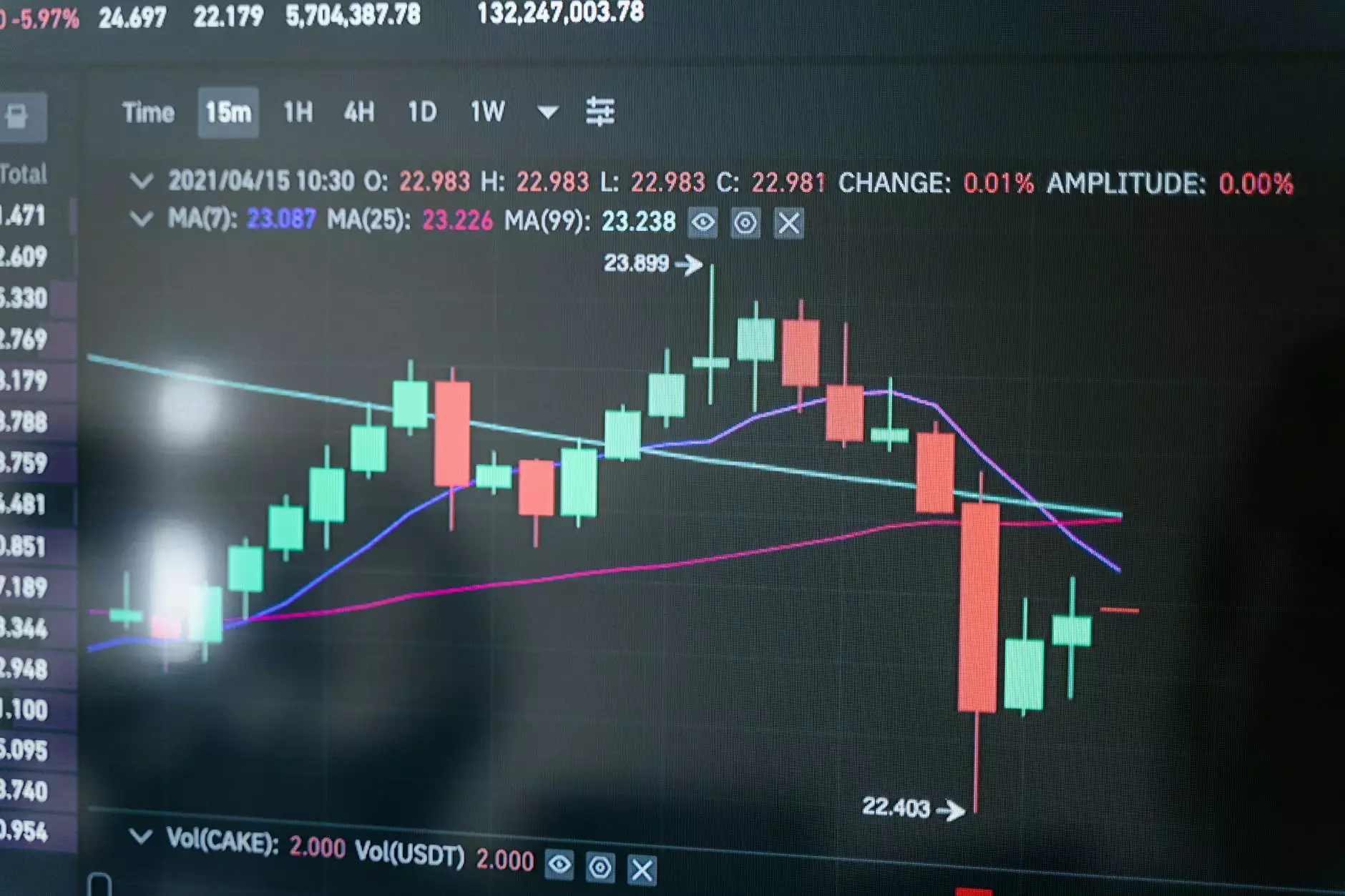When Bounce Rate Matters - And When It Doesn't
Articles
The Importance of Bounce Rate in Digital Marketing
In the world of digital marketing, bounce rate has become a hot topic of discussion. Website owners and marketers constantly strive to reduce bounce rates as a measure of engagement and user experience. Bounce rate refers to the percentage of visitors who leave a website after viewing only one page, without taking any further action or exploring additional content.
While a high bounce rate may seem concerning at first glance, it's essential to understand that bounce rate alone does not always indicate poor website performance. There are instances when a high bounce rate is perfectly acceptable and may not negatively impact your business objectives. On the other hand, there are situations in which a low bounce rate can be misleading and may not necessarily correlate with success.
When High Bounce Rate Doesn't Matter
1. Single-Page Websites or Landing Pages
Single-page websites or landing pages are designed to provide concise and targeted information to visitors. These pages often have a singular objective, such as promoting a specific product, service, or event. In such cases, it is quite common for visitors to leave the website after obtaining the desired information or completing a conversion goal, resulting in a high bounce rate. However, if your landing page successfully converts a significant number of visitors, a high bounce rate isn't necessarily a negative outcome.
2. Outbound Linking Pages
Some pages on your website may serve as gateways to external websites or resources. These outbound linking pages are typically designed to provide additional information, recommend related websites, or fulfill a specific purpose such as affiliate marketing. While visitors might leave your website through these pages, it doesn't necessarily indicate poor engagement. Instead, it signals that your website is successfully directing users to relevant sources of information and leveraging external partnerships.
3. Contact and Support Pages
Contact and support pages are crucial components of any business or consumer service website. Visitors often navigate to these pages with a specific purpose in mind, such as reaching out for assistance, seeking customer support, or making inquiries. Once visitors find the relevant contact information or submit their query, it is common for them to exit the website. High bounce rates on these pages are expected, and they don't necessarily indicate a negative user experience.
When Low Bounce Rate Isn't Always Ideal
1. Single-Page Websites with High Conversion Rates
While single-page websites often have high bounce rates, it is important to remember that low bounce rates on these pages aren't always a definitive measure of success. Despite users staying on the page for an extended period or converting, a low bounce rate can be deceiving. It may simply indicate that visitors are staying on the page without engaging further or exploring other pages on your website. To truly gauge the success of a single-page website, other key performance indicators (KPIs) like conversion rate, average time on page, and goal completions must be considered.
2. External Linking Websites
In some cases, your website might be linked from external sources or search engine results pages. Visitors clicking on these links are often looking for specific information related to their query. If your webpage efficiently provides the desired information while satisfying the intent of the visitor, they are likely to exit immediately after finding what they need. Consequently, this may result in a lower bounce rate. However, such instances aren't indicative of better user engagement on your website or a higher chance of conversion.
3. Pages with Highly Specific and Focused Content
There are pages on your website that serve highly targeted niches or specific topics that may attract a small and specialized audience. Visitors who land directly on these pages are typically seeking precise information related to their search query. These visitors might not explore other areas of your website, resulting in a lower bounce rate. However, such focused pages are meant to fulfill a specific purpose, and visitors leaving your website after obtaining the desired information isn't necessarily a negative outcome.
Final Thoughts
While bounce rate is a valuable metric to consider when evaluating website performance and user engagement, it is crucial to analyze it within the appropriate context. Understanding when a high bounce rate is acceptable and when a low bounce rate may not necessarily indicate success allows you to make informed decisions about your digital marketing strategies. Remember to focus on other performance indicators such as conversion rates, average time on page, and goal completions to gain a comprehensive view of your website's effectiveness in meeting your business objectives.




